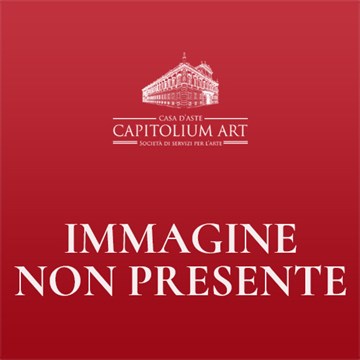Charles Rennie Mackintosh Biography
Charles Rennie Mackintosh (Glasgow, 7 June 1868 – London, 10 December 1928) was a Scottish architect, designer and painter. An exponent of the so-called Glasgow movement, he was the most prominent exponent of Art Nouveau in the United Kingdom. Charles Rennie Mackintosh was born in Glasgow on 7 June 1868, the fourth of eleven children and the second son. As a young man he attended Reid's Public School and Allan Glen's Institution. In 1890 Mackintosh was the second winner of the Alexander Thomson Travel Fellowship, established for the "advancement of the studies of ancient classical architecture, with special reference to the principles illustrated in the work of Mr. Thomson". Once he returned, he resumed work at the architectural firm Honeyman and Keppie, where he began his first major architectural project, the Glasgow Herald Building, in 1893. Mackintosh met the young artist Margaret MacDonald at the Glasgow School of Art. Both members of the group known as "The Four", they married in 1900. After designing several successful buildings, in 1903 he became a partner in the firm of Honeyman and Keppie. During this time with the firm, Charles Rennie Mackintosh perfected his architectural style. In 1906 he designed Scotland Street School, which would also be his last major architectural commission. When economic difficulties forced several architectural firms to close, he abandoned the firm with Honeyman and Keppie in 1913 and attempted to open his own. Unable to run the office, Mackintosh and his wife took an extended holiday in Suffolk, where they created numerous floral watercolours. Returning about a year later, the couple moved to London, where Charles continued to paint and create textile designs. In 1916 Mackintosh received a commission to redesign W. J. Bassett-Lowke's house. This would be his last architectural and interior project. Following further economic difficulties, the Mackintoshes moved in 1923 to the south of France, to Port Vendres, where the cost of living was decidedly lower. During this peaceful phase Charles Rennie Mackintosh prepared a large watercolor portfolio representing landscapes and architecture. The couple remained in France for five years, until they were forced to return to London in 1927 due to illness. That year Mackintosh was diagnosed with throat and tongue cancer. A brief hospitalization suggested that he leave the hospital and convalesce at home for a few months. He later had to be admitted to a nursing home, where he died on 10 December 1928, at the age of sixty.











